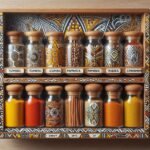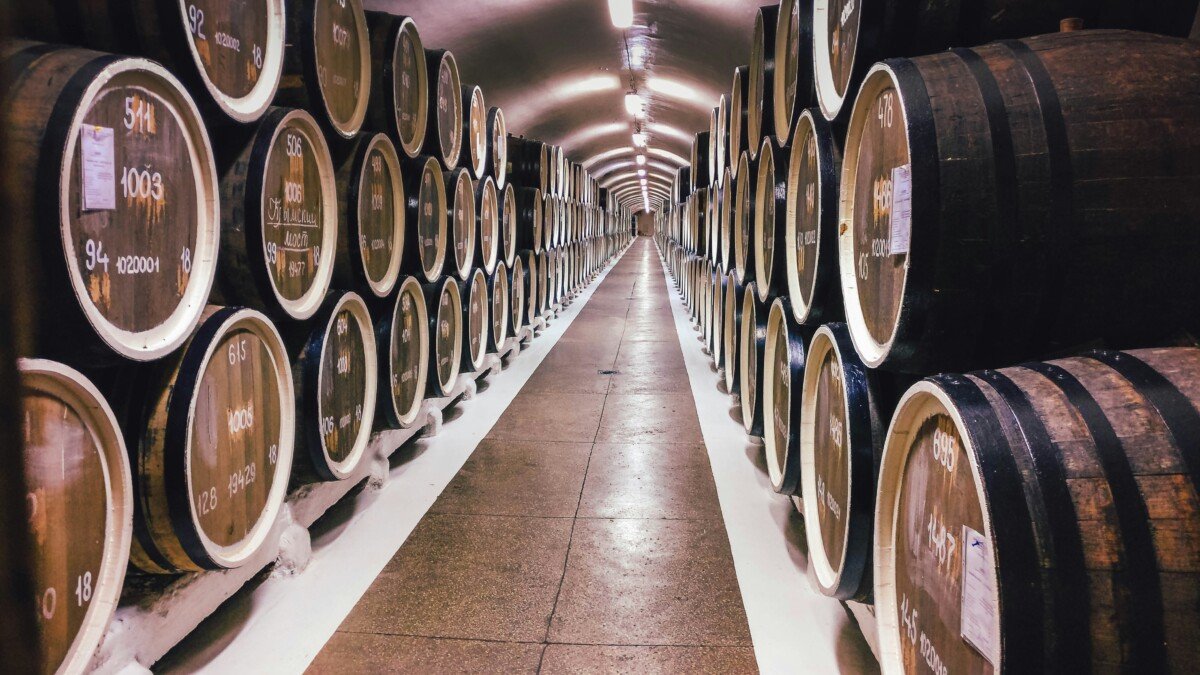Introduction to Ethiopian and Eritrean Stews
Ethiopian and Eritrean cuisines are a vibrant amalgamation of flavors, colors, and textures that reflect the rich cultural heritage of the Horn of Africa. Among the most cherished dishes in these culinary traditions are stews known as ‘wats.’ Often considered the centerpiece of meals, wats are flavorful curries that highlight the significance of communal eating, family bonding, and cultural pride. These stews are not merely food; they embody the spirit of togetherness and celebration, often served during special occasions such as holidays, weddings, and other gatherings.
The preparation of wats can vary significantly based on regional preferences and available ingredients, but they generally share a few common elements. Traditionally, wats are made with meats like chicken, beef, or lamb, complemented by an array of vegetables, which can include potatoes, carrots, and lentils. The rich flavor profile is achieved through the use of spice mixtures, notably berbere, a blend of ground spices that infuses the dish with warmth and depth. Additionally, niter kibbeh, a seasoned clarified butter, is often utilized, allowing the flavors to meld beautifully and enhance the overall dish.
Beneath the tantalizing blends of spices and aromatics lies a deeper significance. Wats are typically served with injera, a spongy flatbread made from the millet-like grain known as teff. This unique combination not only showcases the harmony between the stew and the injera but also facilitates a cultural ritual of sharing and eating with one’s hands. Through this traditional dining experience, Ethiopians and Eritreans celebrate their history, community, and love for flavorful, wholesome food that brings people together.
Essential Ingredients and Spice Mixtures
To create an authentic Ethiopian or Eritrean stew, commonly known as wat, several essential ingredients must be gathered. The base proteins typically used in these dishes can include:
- Chicken
- Beef
- Lamb
Each protein brings its unique flavor profile, contributing to the overall depth of the stew. In addition to meat, a variety of vegetables plays a critical role in enhancing the dish’s texture and taste. Commonly used vegetables in wats include:
- Onions
- Garlic
- Carrots
- Potatoes
- Green peppers
These vegetables not only provide nutrients but also create a flavorful base when sautéed, a technique that is essential in the cooking process. Furthermore, spices are crucial in defining the character of Ethiopian and Eritrean stews. One of the most important spices is berbere, a spice mixture that typically contains chili peppers, garlic, ginger, and various warm spices. This rich blend delivers a signature heat and flavor that is synonymous with these dishes.
Another indispensable ingredient is niter kibbeh, a seasoned clarified butter infused with spices such as garlic, ginger, and cardamom. This luxurious fat not only enhances the flavor of the wat but also contributes to its velvety texture.
For those sourcing these ingredients, local markets often carry authentic versions of berbere and niter kibbeh. Additionally, specialty stores that focus on African or international cuisine are valuable resources. Online retailers may also offer these essential ingredients, making it easier to prepare traditional Ethiopian and Eritrean stews at home.
Step-by-Step Cooking Instructions
To prepare an authentic Ethiopian or Eritrean stew, or wat, follow these detailed steps that will guide you through the process, resulting in a flavorful dish that you can enjoy with injera.
Begin by selecting your protein of choice. Traditionally, wat can be made with chicken, beef, or lamb. For example:
- Chicken: Use cut pieces or boneless thighs for tenderness.
- Beef: Find stewing cuts for a rich flavor.
- Lamb: Choose shoulder cuts for succulent results.
Once you have chosen your protein, dice it into bite-sized pieces. Heat a large pot over medium heat and add some niter kibbeh, a seasoned clarified butter that imparts a unique flavor to your wat. Once melted, add the diced protein and sauté until browned on all sides, which should take about 5-7 minutes.
Next, incorporate a selection of vegetables for a balanced stew. Common choices include:
- Onions: Finely chopped for sweetness.
- Garlic: Minced to enhance flavor.
- Tomatoes: Chopped to add acidity.
- Carrots and potatoes: Diced for additional texture.
Add the chopped onions to the pot, stirring frequently until they become translucent. Following this, toss in the garlic and other vegetables, allowing them to soften for about 5 minutes. The next step is crucial: introduce your spice mixture, such as berbere, which adds complexity and warmth to the dish. Stir the spices in to coat the ingredients evenly, then add your choice of liquid, such as water or broth, and bring it to a simmer.
Allow the stew to cook for approximately 30-40 minutes, or until the protein is tender and the flavors meld beautifully. You may adjust the seasoning as needed to suit your taste. Consider variations by using different vegetables or proteins based on dietary requirements. This versatile approach allows anyone to enjoy authentic Ethiopian or Eritrean wat.
Serving Suggestions and Pairings
When it comes to serving authentic Ethiopian and Eritrean stews, known as wats, the traditional pairing with injera is indispensable. Injera is a sourdough flatbread crafted from teff, a nutrient-rich grain that plays a pivotal role in Ethiopian cuisine. Its spongy texture not only enhances the dining experience but also serves as a vehicle for scooping up the stews and balancing flavors.
To create an inviting presentation, consider serving the wat on a large communal platter, garnished with fresh herbs or additional spices. Use injera as the base, layering it underneath the stews. This not only showcases the meal effectively but also encourages a communal eating experience, a significant aspect of Ethiopian and Eritrean culture. Diners can gather around, sharing both the food and stories, reinforcing the bonds of community and family.
While the stews themselves are often the centerpiece, various accompaniments can further enrich the dining experience. Side dishes such as sautéed greens, lentils, and chickpeas complement the main dish. Additionally, a variety of vegetables can be served either as part of the wats or on the side, offering a fuller spectrum of flavors and textures.
Spice mixtures play a crucial role in shaping the flavor profile of Ethiopian cuisine. Berbere, a spice blend, adds warmth and complexity to the stews, while niter kibbeh, a seasoned clarified butter, enriches the texture and taste. Each ingredient, from chicken and beef to lamb, contributes unique characteristics that elevate the dish.
Encourage creativity by inviting diners to experiment with their combinations. Whether modifying the spice levels or trying different vegetable medleys, each meal can become an opportunity for exploration and personalization. This adaptability not only broadens the culinary experience but also fosters a sense of ownership and connection to Ethiopian and Eritrean culinary traditions.












